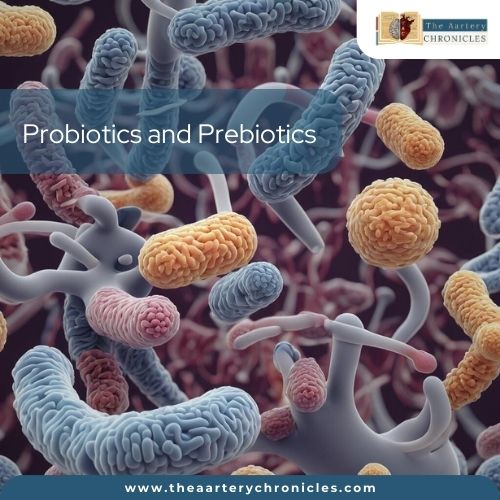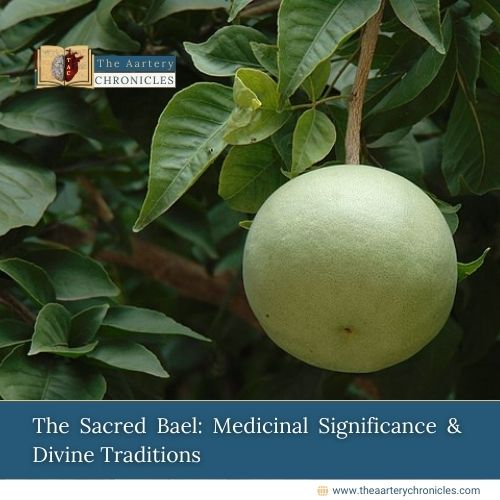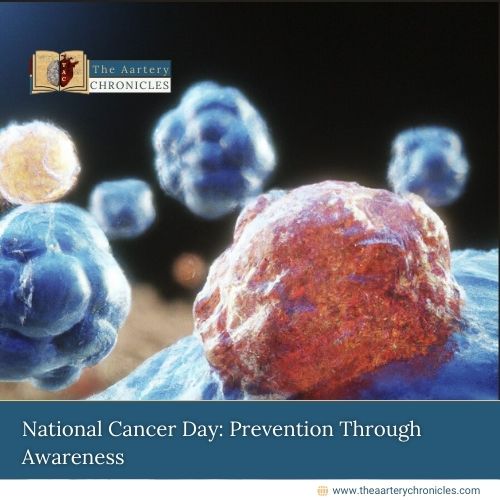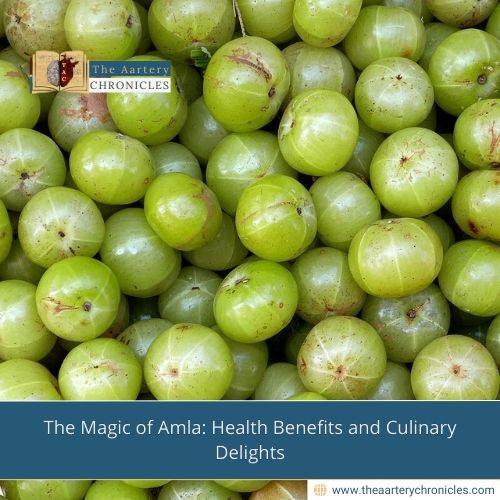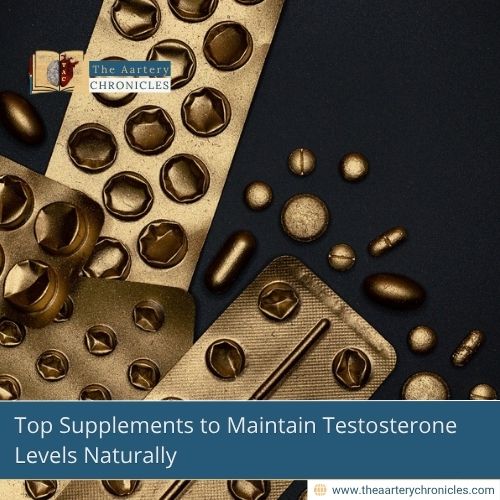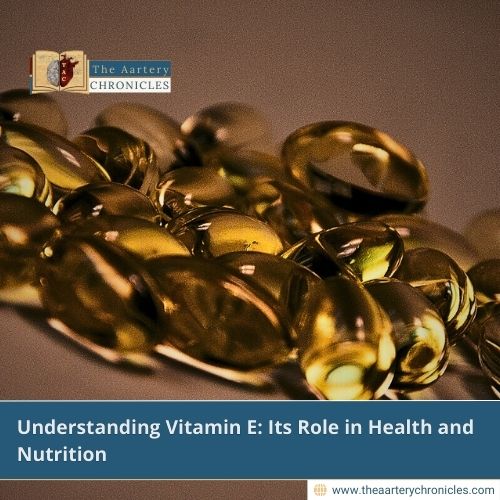
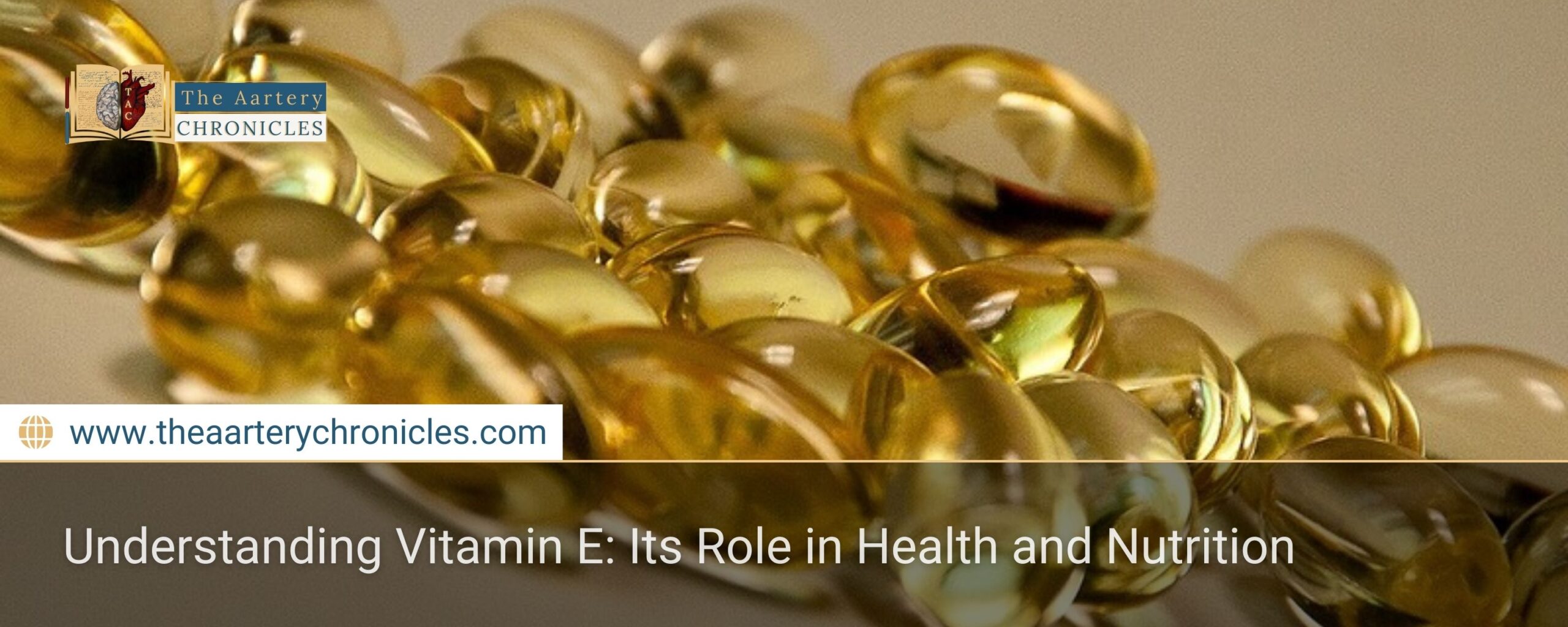
Understanding Vitamin E: Its Role in Health and Nutrition
Introduction
Vitamin E is an important vitamin pivotal in several bodily functions. It is mainly known for its remarkable antioxidant properties, which help prevent cell damage caused by free radicals. There are eight natural forms of vitamin E:
- Alpha, beta, gamma and delta tocopherol
- Alpha, beta, gamma and delta-tocopherol
Alpha-tocopherol is the only form important for human requirements.
Functions of Vitamin E:
- Antioxidant protection: Vitamin E is a powerful antioxidant that protects cells from free radicals. Free radicals can disrupt cellular structures and cause ageing and disease.
- Immune system: It strengthens the immune system and improves the body’s ability to fight infections
- Vitamin E promotes the formation of red blood cells and widens blood vessels to prevent the blood from clotting inside.
- Cells uptake vitamin E for interaction. It facilitates them to carry out a variety of significant functions. [1]
- It also helps the body utilize vitamin K
6. Vitamin E in disease prevention
- Cardiovascular diseases: Gamma-tocopherol, a form of vitamin E improves cardiovascular function by promoting nitric oxide production, which significantly relaxes blood vessels. [4]
- Cancer: Vitamin E has anti-cancer properties. It inhibits the growth of cancer cell cultures through several mechanisms. Apart from these, findings the role of vitamin E in the prevention of cancer is still being studied. [4]
- Vision diseases: A trial revealed that the combination of vitamin E and vitamin C, zinc, and beta carotene provided protection and reduced risk of age-related macular degeneration (AMD). [2]
Food Sources of Vitamin E
Several foods provide vitamin E some of them include:
- Nuts
- Seeds
- Vegetable oils
- Green leafy vegetables
- Fortified cereals
- Soyabean
- Corn
- Canola
Vitamin E deficiency
- Vitamin E deficiency is rare, however as the digestive tract needs fat for absorption of vitamin E individuals with disorders related to fat malabsorption can be deficient are likely to become deficient in vitamin E.
- In people with a deficiency of vitamin E, symptoms that may show up include: ataxia, retinopathy, cystic fibrosis, Crohn’s disease, impairment of immune function, peripheral neuropathy etc. [2]
Side Effects: High doses of vitamin E can lead to haemorrhagic stroke and may lead to an increased risk of birth defects. Whereas low intake may cause hemolytic anaemia in preterm babies. [1]
Recommendations
As per the Dietary Reference Intakes (DRIs) by the Food and Nutrition Board recommendations include:
- Pregnant women: 15mg/day
- Breastfeeding women: 19 mg/day
- Children: 11 mg/day
- Infants: 5 mg/day [3]
1000 mg/day is the highest safe level of vitamin E supplements for adults.
Vitamin E for Skin and Hair
Vitamin E has been widely recognized for skin and hair. Some of the benefits include:
- Vitamin E moisturizes the skin. It improves texture by promoting hydration and giving a plump look to the skin
- Prevents premature aging and skin damage
- Reduces the damage caused due to UV rays however, it cannot replace sunscreen
- Vitamin E boosts hair health by reducing dryness, moisturizing scalp and preventing hair breakage
- Vitamin E can be combined with several products such as serums, oils and creams for topical applications
- Adding vitamin E rich foods in diet can improve hair and skin health from within

TAC Desk
Reviewed by Dr Aarti Nehra, MBBS, MMST



